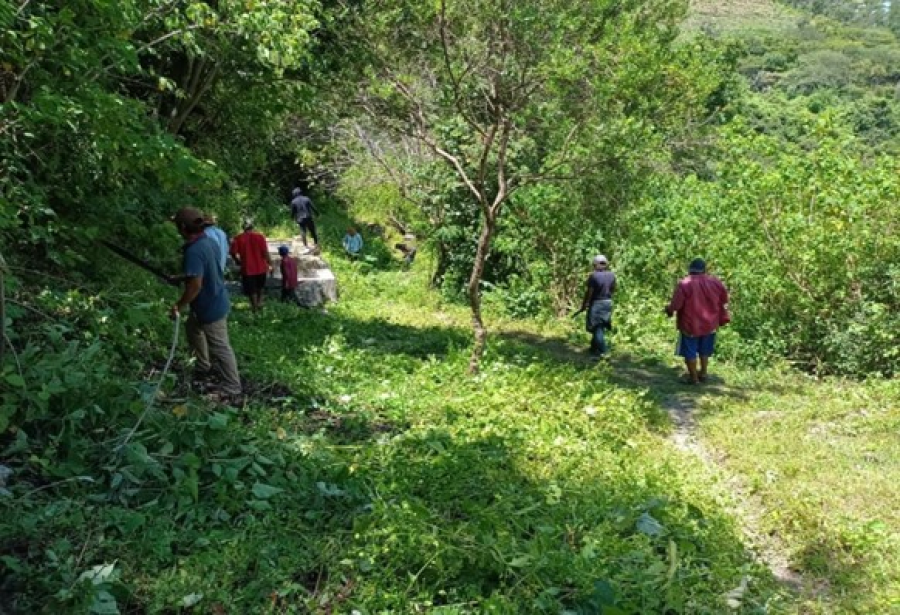The Sierra Tarahumara, a major component of Mexico's northern Sierra Madre Occidental, is a spectacular region of high sierras and deep canyons. It extends for nearly 1000 kilometers from just south of the United States border through the northern Mexican states of Chihuahua, Sonora, Durango, and Sinaloa. Ranging in altitude from around 200 meters to over 3000 meters, the region is characterized by a tremendous diversity of tropical, subtropical, and temperate flora and fauna, including a number of endemic species. It is also an area of great cultural and linguistic diversity. Four of the most traditional Native American societies in North America -- the Rarámuri (Tarahumara), ...dami (Northern Tepehuan), O'óba (Mountain Pima), and Warijó (Guarijío) -- have their homelands there. The region includes numerous communities of Spanish-speaking Mestizos as well.
The members of the indigenous societies in the Sierra Tarahumara are subsistence farmers but they also depend upon a wide array of local plant and animal species for their survival. Their adaptation is oriented toward promoting rather than depleting the region's biodiversity. This adaptation is now seriously jeopardized by the long-term environmental and social impact of large-scale economic activities in the region, beginning with mining four centuries ago and followed by ranching, lumbering, and most recently tourism, especially around the Copper Canyon. These activities have displaced indigenous residents from their lands, disrupted local social and ecological relations, and contributed to severe deforestation, soil erosion, drought, loss of many understory plants, and the extinction of several endemic animal species.
Article copyright Cultural Survival, Inc.


